What are the Wildland Fire Boots NFPA Requirements?

Are you a wildland firefighter looking for a pair of boots that can stand up to the tough and rugged conditions of the job?
Now before we dive into the full specs of the NFPA requirements, some of the details are in flux right now.
As of this writing, the NFPA 1977 requirements are being phased out and combined in the NFPA 1950 standards. That said, all the following is true for wildland fire boots.
Wildland Fire Boots NFPA Requirements
The National Fire Protection Association (NFPA) has established standards for wildland fire boots, which are designed to protect firefighters' feet from the hazards of wildland firefighting. The key requirements for wildland fire boots under NFPA standards include:
- Construction: Wildland fire boots must be made of materials that are durable, heat-resistant, and provide good traction on uneven terrain. The boots must also be designed to provide good ankle support and protection against punctures and other hazards.
- Heat resistance: Wildland fire boots must be able to withstand high temperatures without melting or degrading. The boots must also be able to protect the feet from hot embers and other hot materials that are common in wildland firefighting.
- Moisture resistance: Wildland fire boots must be able to repel water and other liquids to keep the feet dry and comfortable. This is important because wet feet can lead to blisters, fungal infections, and other foot problems.
- Electrical hazard protection: Wildland fire boots must be designed to protect against electrical hazards, such as contact with power lines or electrical equipment.
- Slip resistance: Wildland fire boots must provide good traction on wet and slippery surfaces to prevent slips and falls.
Wildland fire boots must be tested and certified to meet these NFPA standards, which are designed to ensure that firefighters have footwear that is appropriate for the challenging and hazardous conditions they face in wildland firefighting. It is important for firefighters to wear boots that meet these standards to help protect themselves from injuries and other hazards.
The JK Fire Inlander is beloved by many wildland firefighters because it’s got the NFPA rated Red-X Vibram outsole and the boot is built like a tank.
NFPA Standard Boot Features
Construction
As a wildland firefighter, you need a pair of boots that are durable and can provide ample ankle support and protection against hazards.
The Fire Inlander is constructed with a full-grain leather upper and a triple-stitched vamp and counter, ensuring they can withstand even the toughest conditions.
Not to mention the double-row stitchdown construction, which is both durable and easy to resole when you’ve thrashed your soles through a tough season. Additionally, a leather shank provides added support and protection.
Heat Resistance
In the world of wildland firefighting, extreme heat is an ever-present hazard. Your boots must be able to withstand high temperatures without melting or degrading, and protect your feet from hot embers and other materials.
The Fire Inlander has a Vibram Red-X outsole which is especially designed as a heat-resistant outsole that can handle temperatures up to 600 degrees Fahrenheit, providing excellent protection.
This outsole specifically meets EN15090 & NFPA standards for flame resistance.
Moisture Resistance
Wet feet can lead to blisters, fungal infections, and other foot problems, so your boots must be able to repel water and other liquids.
Now there are a lot of boot materials that can keep water out, but most fully waterproof boots aren’t very breathable.
That’s why we think full grain leather is still the best option for both moisture resistance and breathability. Because even if you can keep water out, you’re still prone to blisters and discomfort if you’re sweating through your socks.
Electrical Hazard Protection
Working in wildland firefighting means coming into contact with electrical hazards such as power lines or electrical equipment.
The Fire Inlander has an electrical hazard rating that meets or exceeds ASTM F2413-17 standards, so you’ll have the appropriate level of protection while out in the field.
Slip Resistance
Wildland firefighting is full of uncertain terrain, including wet and slippery surfaces.
Your boots must provide excellent traction to prevent slips and falls.
You’ll see that a lot of wildland fire boots have a pronounced heel and heavy rubber lugs---the heel helps dig into loose gravel, particularly in hilly areas with steep incline and decline.
While the JK Fire Inlander Red X outsole provides slip resistance on oily surfaces (like you might find in a shop where oil and concrete often mix to form a perfect slipping hazard), it’s also a superb outsole for traction and grip when you’re in the wilderness.
Comfort and Support
We know you spend long hours on your feet, so it's essential to have boots that are comfortable and provide good support. It’s crucial when you’re hunting for those few extra overtime hours.
Durability
If we know anything about wildland firefighters, it’s that they can chew through a new pair of boots in no time.
We hear it all the time---someone bought a new pair ahead of the season and barely got halfway through before they were duct taping the whole boot together and limping through to the end of the season.
Well, that’s never happened with a JK boot. The Fire Inlander is built to last, with a tough, full-grain leather upper and a triple-stitched vamp and counter that provide added durability. The boots also feature a stitchdown construction, which makes them easy to resole so you can wear them through several seasons, no problem.
Almost Fire Season
As a wildland firefighter, your safety is paramount, and your gear is a crucial part of that safety.
We highly recommend the JK Boots Fire Inlander for any wildland firefighter in need of a high-quality pair of boots that will last for many seasons to come. So, gear up with the Fire Inlander and get ready to take on the world of wildland firefighting with confidence
FAQs
How tall do wildland fire boots need to be?
If you’re working with a service that requires NFPA certification on your boots, then your boot must be 8” tall. If you’re not required to have any certification, then you can choose any height you want. However, 8” as a minimum is the best choice, but you can even find 10 and 12” boots for greater protection (but less mobility).
Do wildland fire boots have to be NFPA certified?
No, not all wildland fire boots need to be NFPA certified all the way through. However, it is critically important to find a boot that has an NFPA rated outsole, as that’s the part that will come in contact with hot embers most often. The JK Fire Inlander is a fantastic wildland fire boot outfitted with the Vibram Red-X NFPA rated outsole.
What makes a boot fire rated?
Fire ratings refer to the NFPA standards for flame and heat resistance. They should meet the following requirements:
- The boots must have a minimum height of 8".
- The upper must provide protection against cuts and punctures.
- All metal components must resist corrosion.
- The sole must exhibit an acceptable level of abrasion resistance and provide slip resistance.
- The boots must be capable of withstanding high temperatures without melting or delaminating.
- In a conductive heat test, the inner bottom of the boot must not exceed a temperature of 111°F.
- The eyelets and hooks must pass a test for attachment strength.
- The boots must be flame-resistant and should not melt, drip, or exhibit any signs of burn-through after exposure to a flame for under 5 seconds.
- All thread used in the construction of the boots must be heat-resistant and exhibit no signs of melting, charring, or ignition.
- The NFPA label inside the boots must be clearly visible and securely affixed.
- The sole must be at least ½” in height.



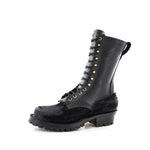
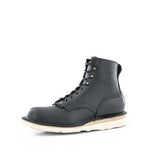
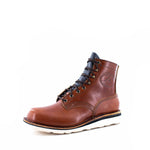

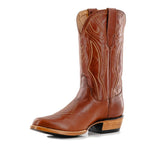
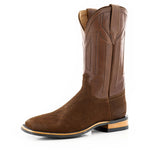
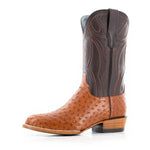


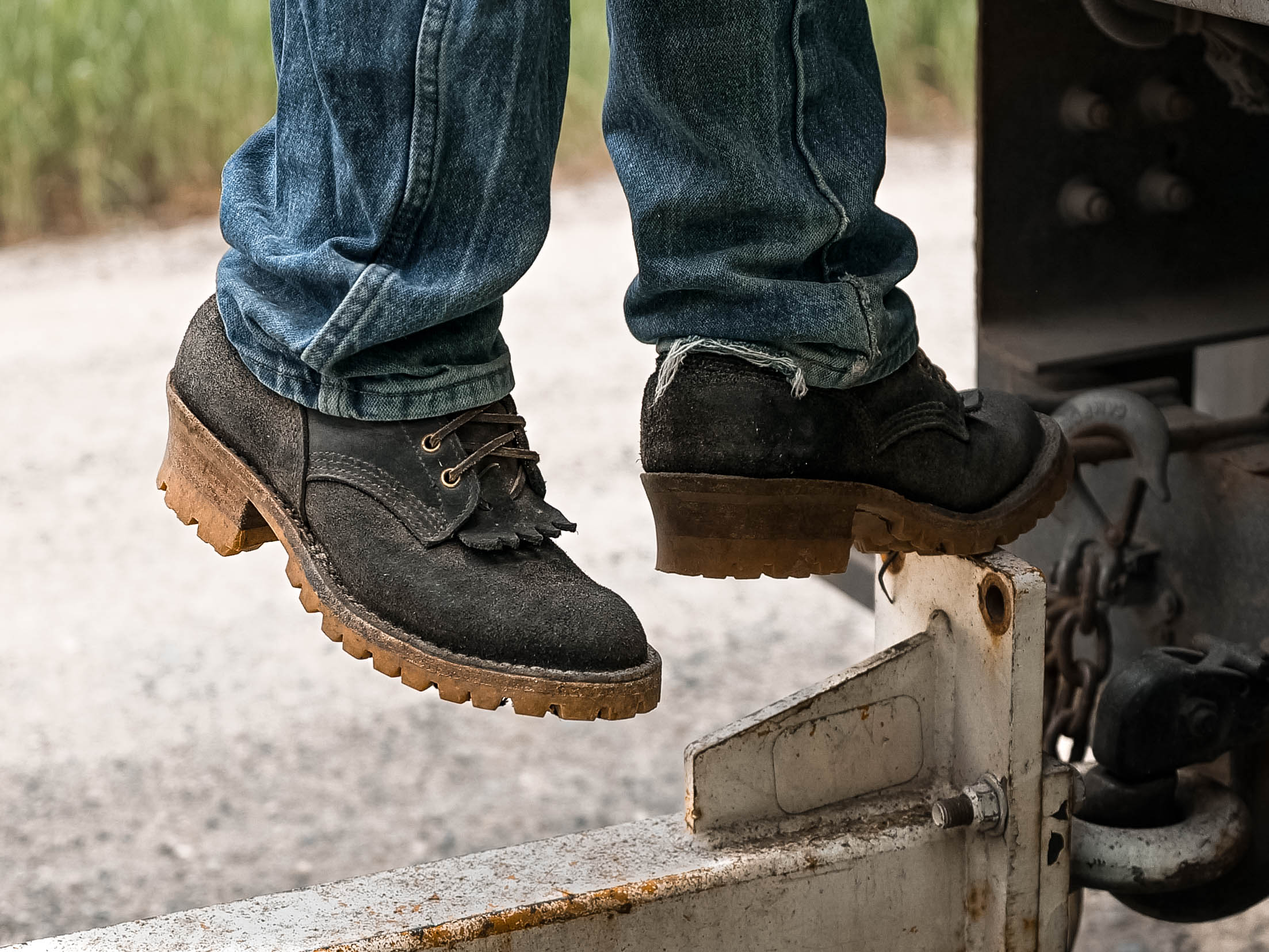
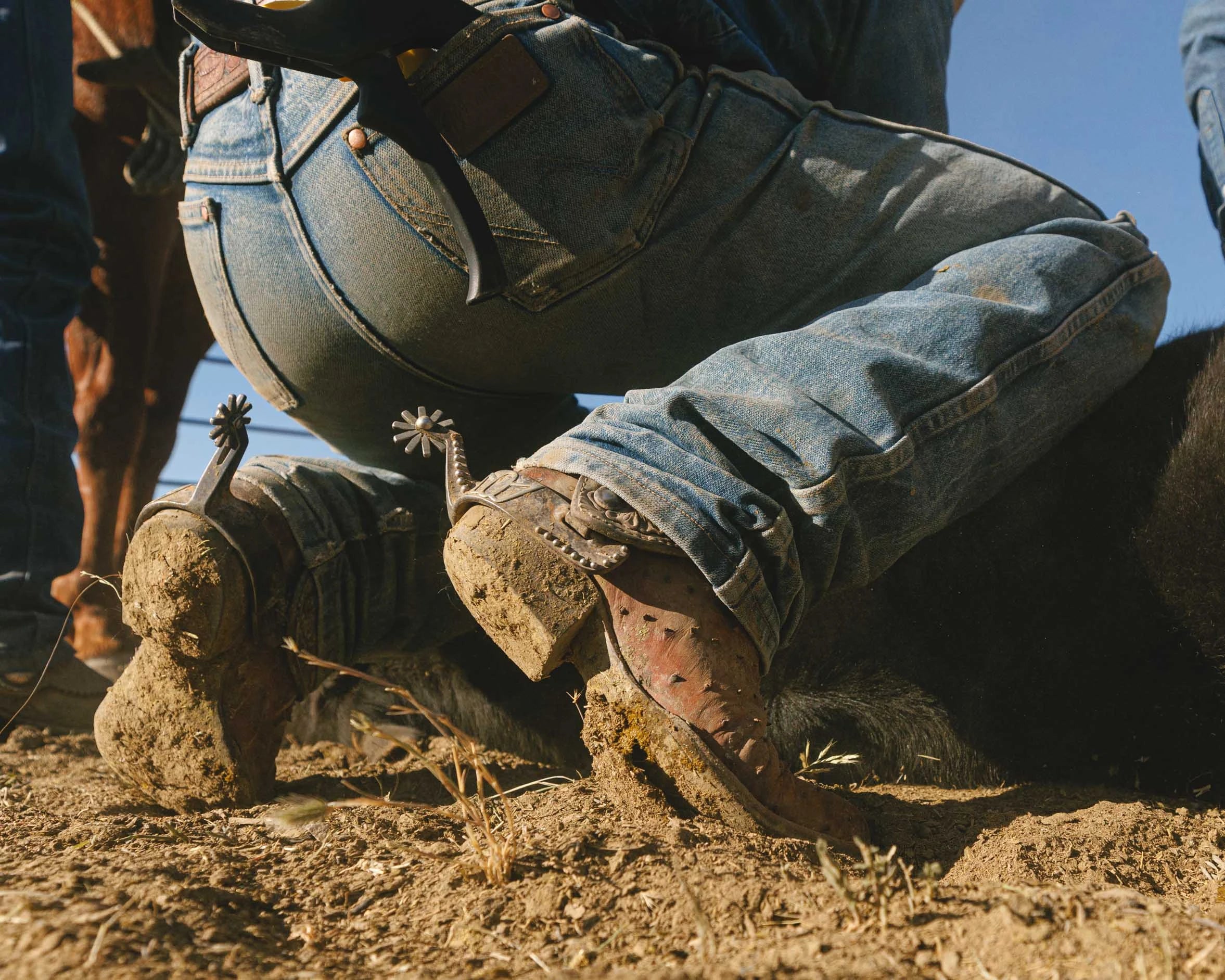
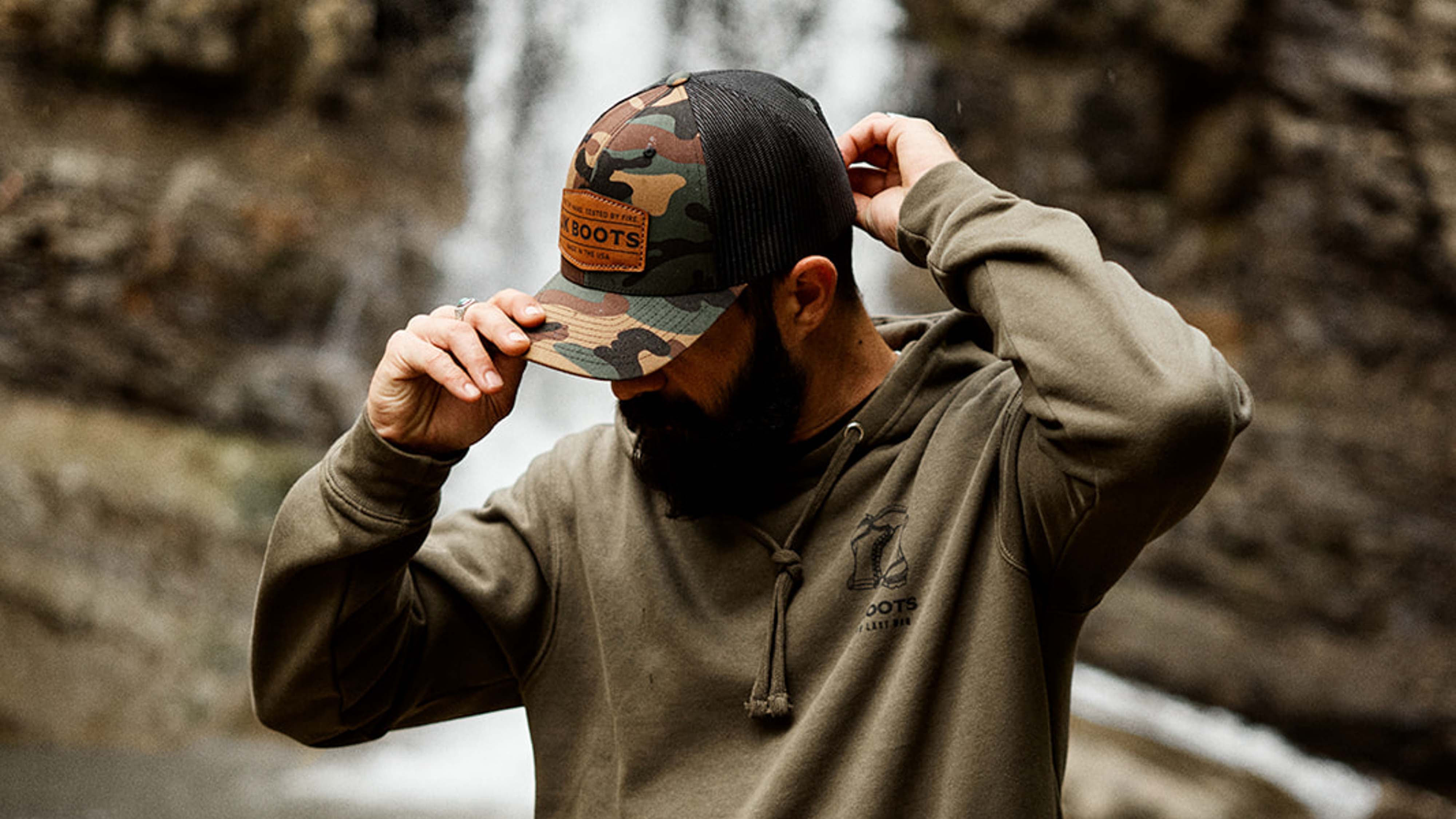
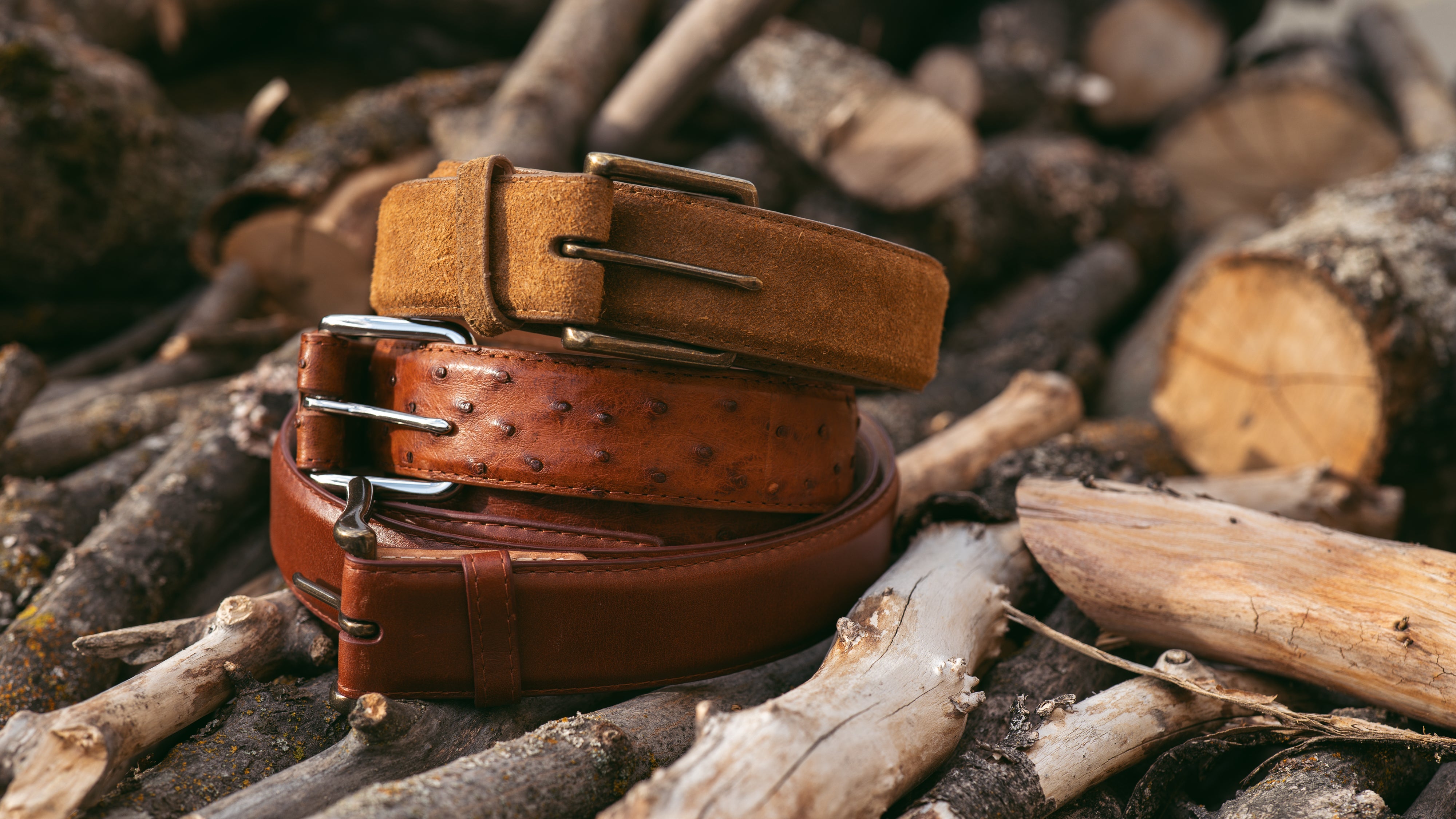
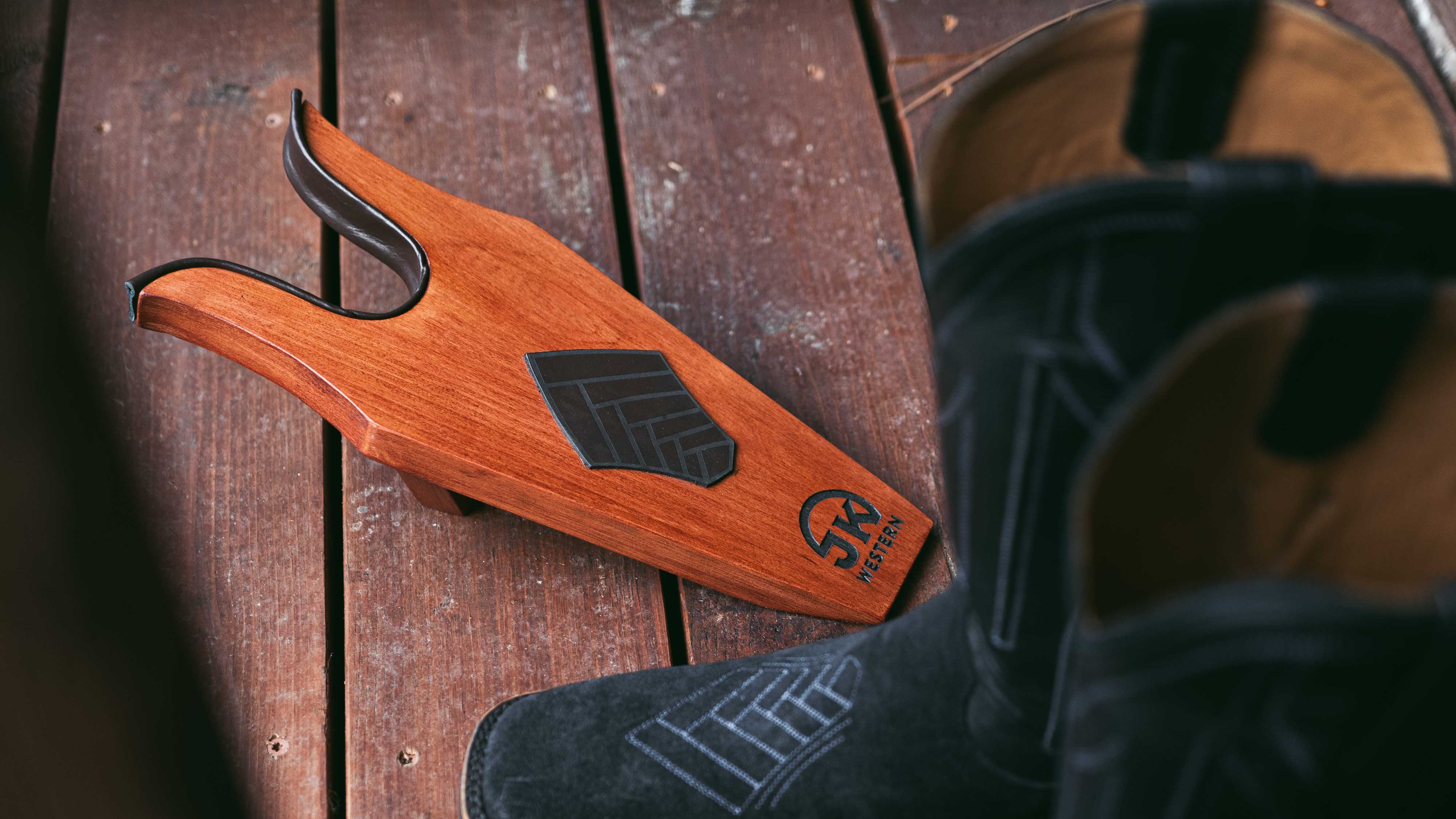
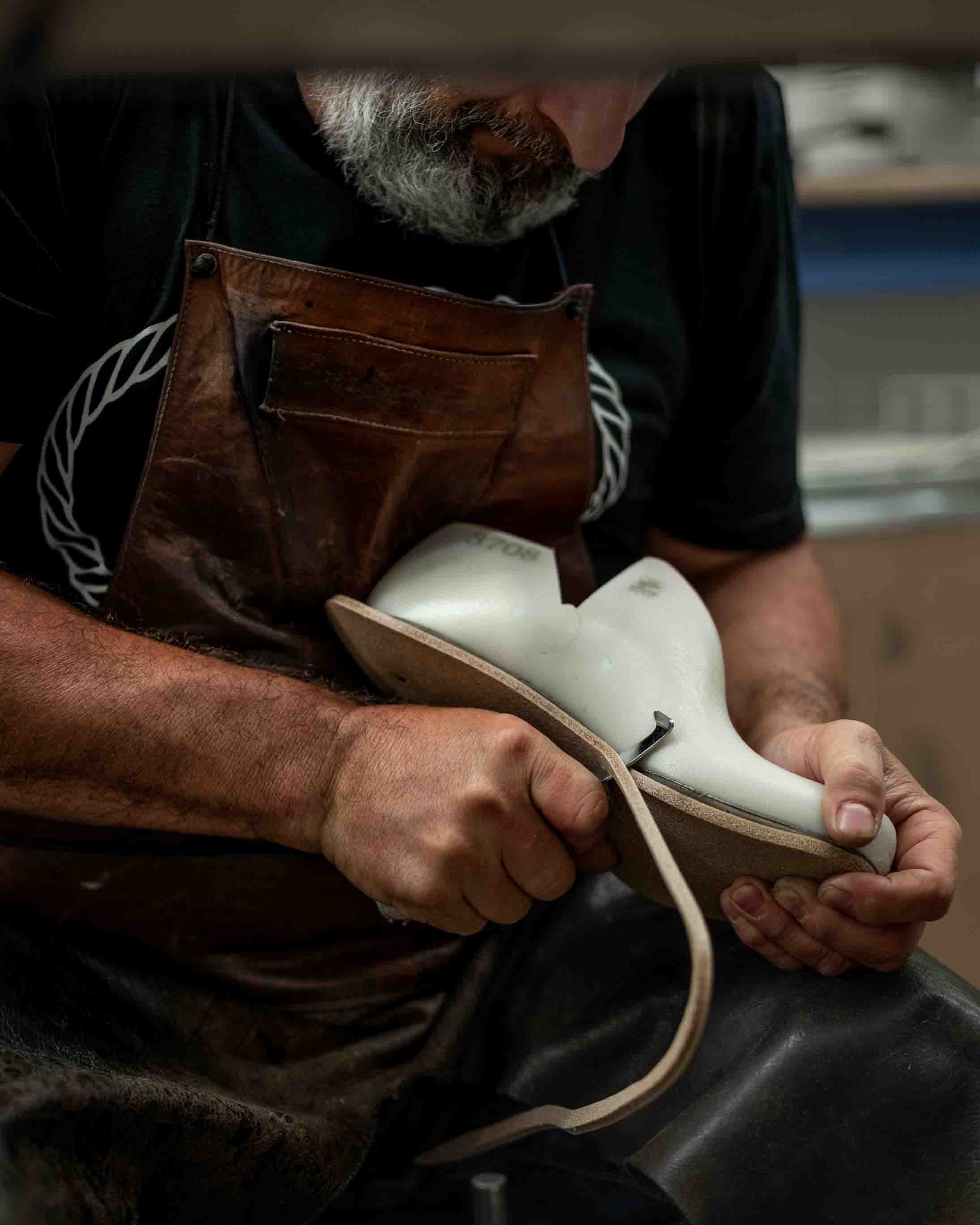
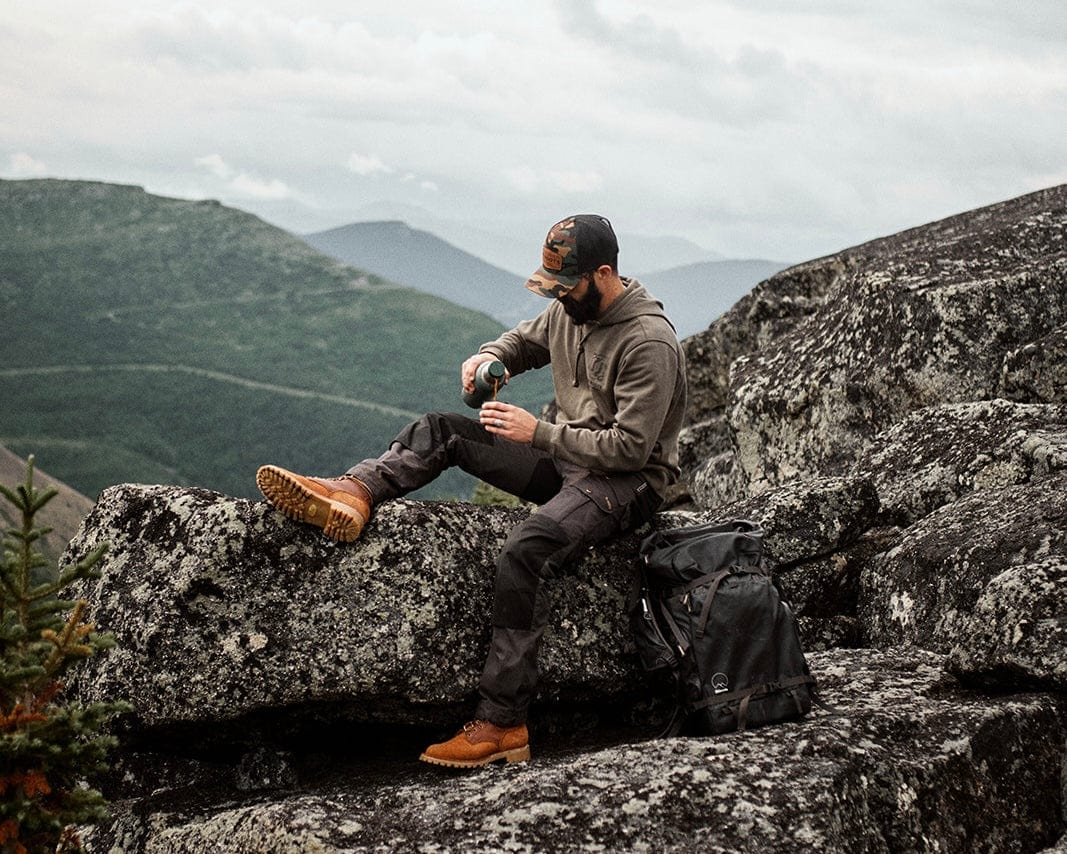
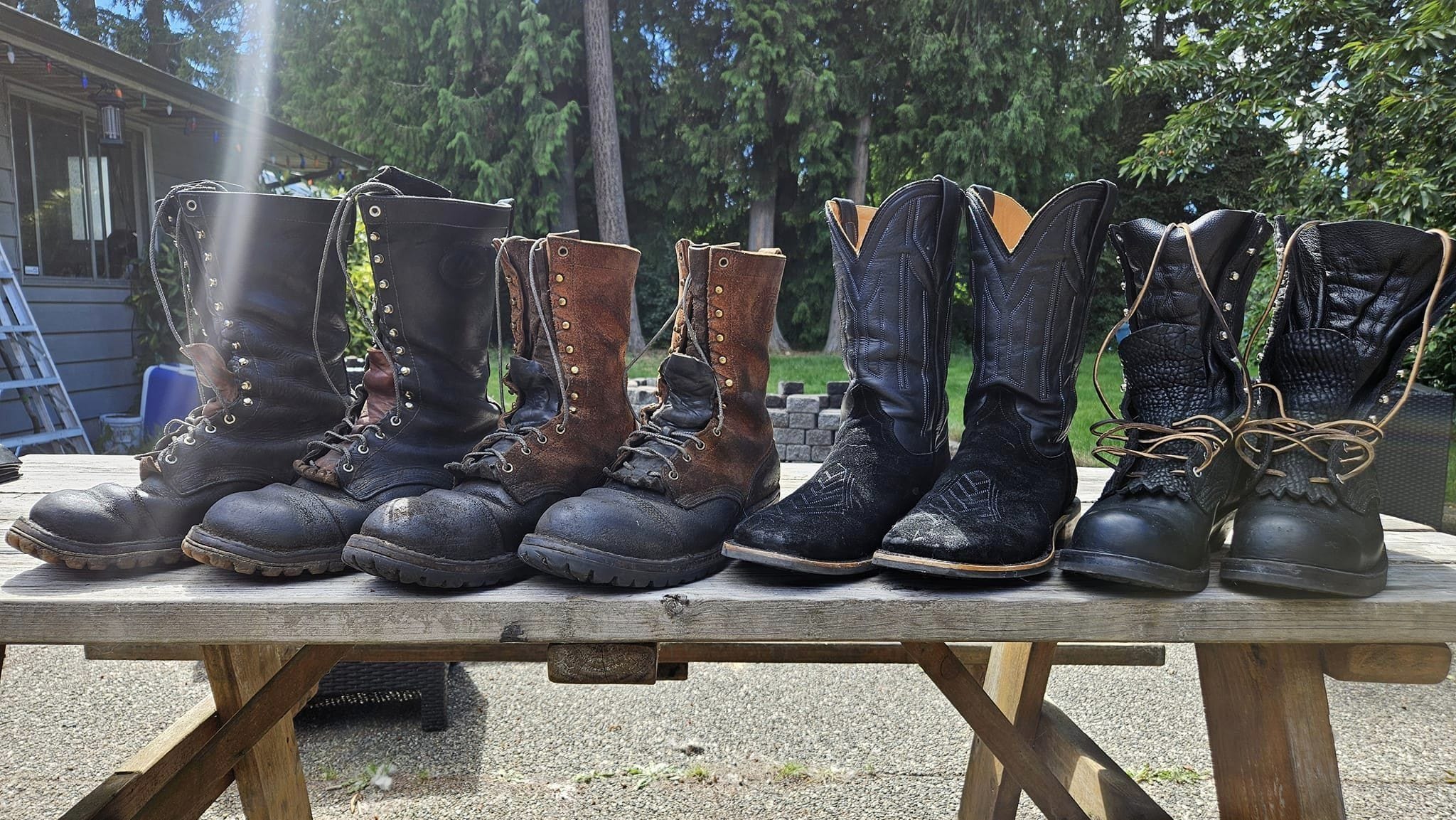
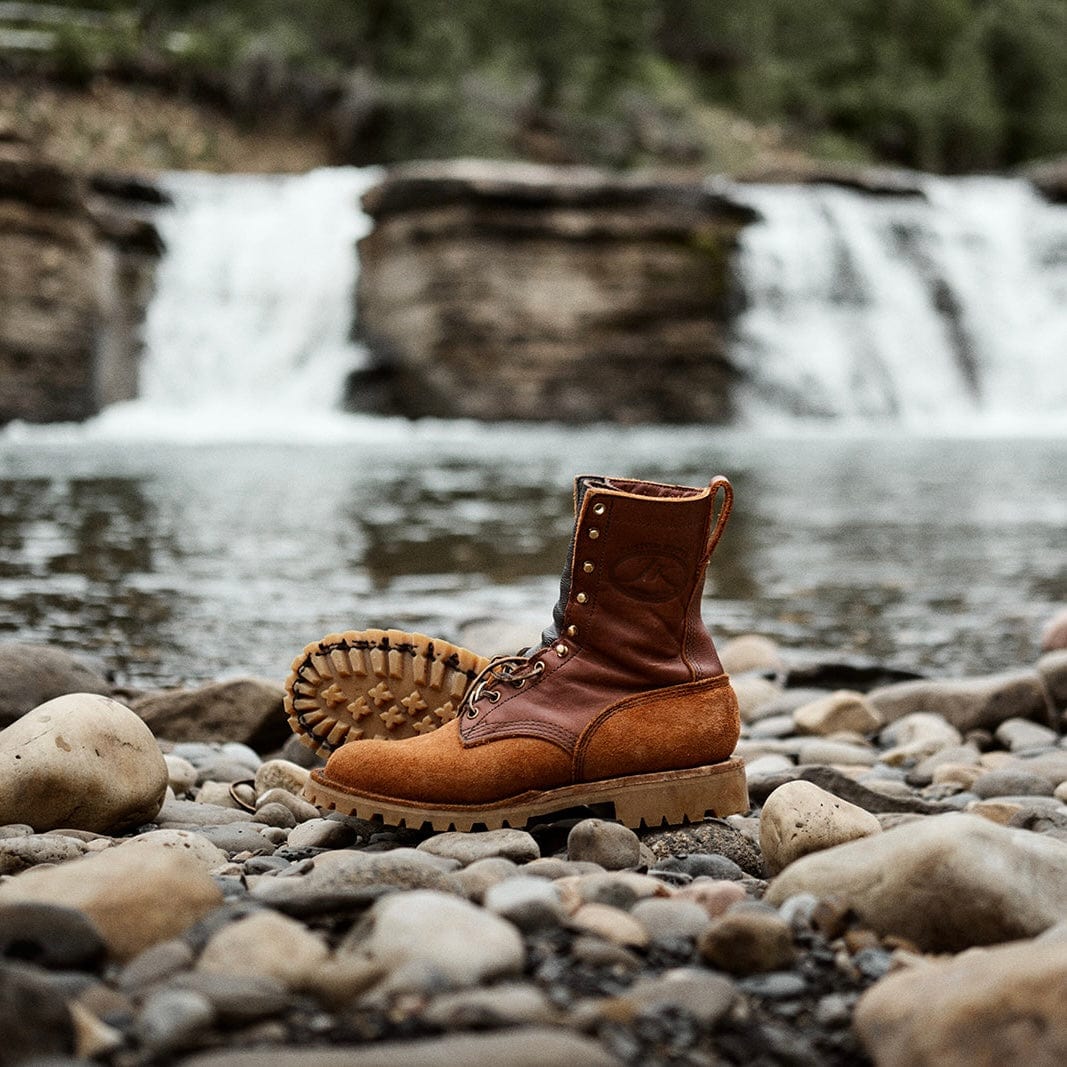
can I get a NFPA rated boot with a lineman shank?
Any chance for zero drop fire boots?
Leave a comment